Refine search
Actions for selected content:
5486 results in Thermal-fluids engineering

Homogeneous Turbulence Dynamics
-
- Published online:
- 01 October 2009
- Print publication:
- 02 June 2008
-
- Book
- Export citation
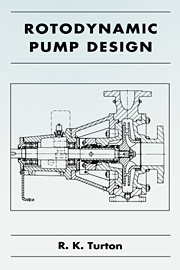
Rotodynamic Pump Design
-
- Published online:
- 29 September 2009
- Print publication:
- 13 January 1994
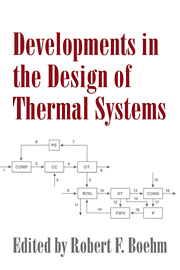
Developments in the Design of Thermal Systems
-
- Published online:
- 23 September 2009
- Print publication:
- 28 October 1997
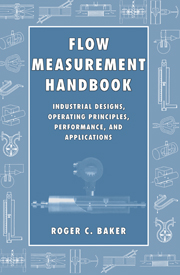
Flow Measurement Handbook
- Industrial Designs, Operating Principles, Performance, and Applications
-
- Published online:
- 22 September 2009
- Print publication:
- 29 May 2000
6 - Stability of the Equilibrium
-
- Book:
- Guided Explorations of the Mechanics of Solids and Structures
- Published online:
- 05 June 2012
- Print publication:
- 21 September 2009, pp 297-375
-
- Chapter
- Export citation
Contents
-
- Book:
- Guided Explorations of the Mechanics of Solids and Structures
- Published online:
- 05 June 2012
- Print publication:
- 21 September 2009, pp ix-x
-
- Chapter
- Export citation
4 - Wave Propagation
-
- Book:
- Guided Explorations of the Mechanics of Solids and Structures
- Published online:
- 05 June 2012
- Print publication:
- 21 September 2009, pp 161-225
-
- Chapter
- Export citation
GUIDED EXPLORATIONS OF THE MECHANICS OF SOLIDS AND STRUCTURES
-
- Book:
- Guided Explorations of the Mechanics of Solids and Structures
- Published online:
- 05 June 2012
- Print publication:
- 21 September 2009, pp xi-xii
-
- Chapter
- Export citation
2 - Static Analysis
-
- Book:
- Guided Explorations of the Mechanics of Solids and Structures
- Published online:
- 05 June 2012
- Print publication:
- 21 September 2009, pp 35-111
-
- Chapter
- Export citation
7 - Constructing Simple Analytical Models
-
- Book:
- Guided Explorations of the Mechanics of Solids and Structures
- Published online:
- 05 June 2012
- Print publication:
- 21 September 2009, pp 376-438
-
- Chapter
- Export citation
Frontmatter
-
- Book:
- Guided Explorations of the Mechanics of Solids and Structures
- Published online:
- 05 June 2012
- Print publication:
- 21 September 2009, pp i-viii
-
- Chapter
- Export citation
1 - QED the Computer Laboratory
-
- Book:
- Guided Explorations of the Mechanics of Solids and Structures
- Published online:
- 05 June 2012
- Print publication:
- 21 September 2009, pp 5-34
-
- Chapter
- Export citation
Introduction
-
- Book:
- Guided Explorations of the Mechanics of Solids and Structures
- Published online:
- 05 June 2012
- Print publication:
- 21 September 2009, pp 1-4
-
- Chapter
- Export citation
Index
-
- Book:
- Guided Explorations of the Mechanics of Solids and Structures
- Published online:
- 05 June 2012
- Print publication:
- 21 September 2009, pp 445-447
-
- Chapter
- Export citation
References
-
- Book:
- Guided Explorations of the Mechanics of Solids and Structures
- Published online:
- 05 June 2012
- Print publication:
- 21 September 2009, pp 439-444
-
- Chapter
- Export citation
5 - Nonlinear Structural Mechanics
-
- Book:
- Guided Explorations of the Mechanics of Solids and Structures
- Published online:
- 05 June 2012
- Print publication:
- 21 September 2009, pp 226-296
-
- Chapter
- Export citation
3 - Vibration of Structures
-
- Book:
- Guided Explorations of the Mechanics of Solids and Structures
- Published online:
- 05 June 2012
- Print publication:
- 21 September 2009, pp 112-160
-
- Chapter
- Export citation
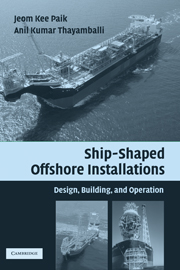
Ship-Shaped Offshore Installations
- Design, Building, and Operation
-
- Published online:
- 17 September 2009
- Print publication:
- 15 January 2007

Hydrodynamics of High-Speed Marine Vehicles
-
- Published online:
- 15 September 2009
- Print publication:
- 09 January 2006
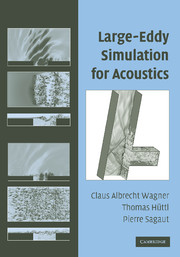
Large-Eddy Simulation for Acoustics
-
- Published online:
- 02 September 2009
- Print publication:
- 15 January 2007
